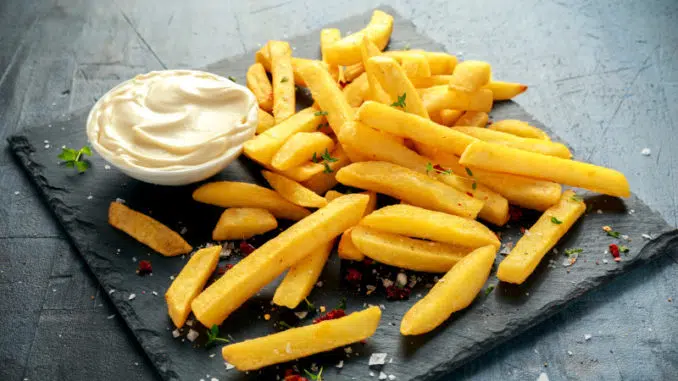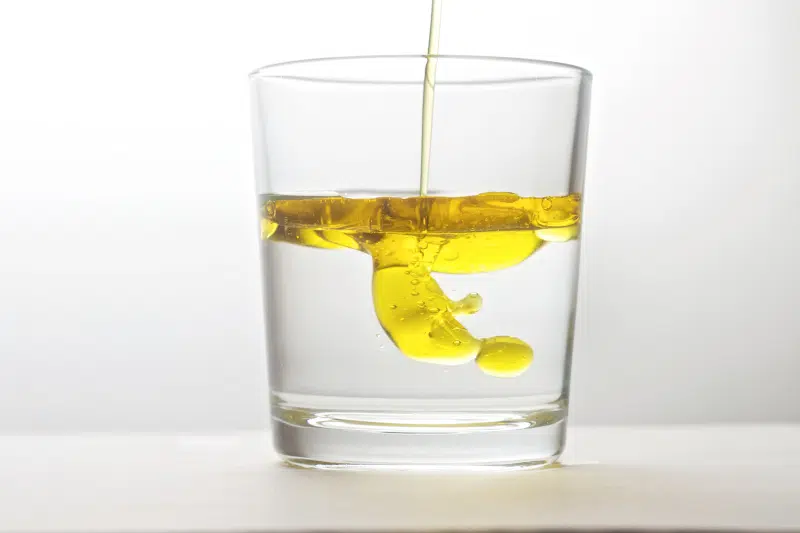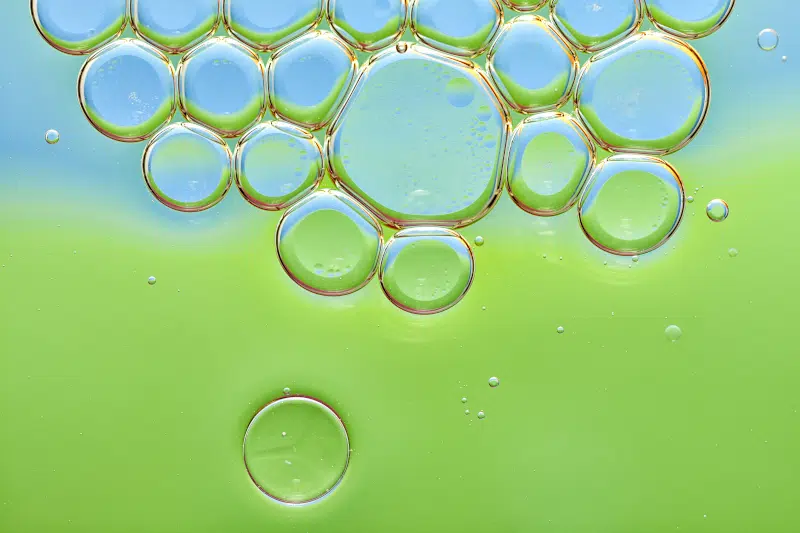
The chemistry to not fail your mayonnaise


An egg, oil, that’s all you need to make a mayonnaise. But how, starting from such ingredients, is it possible to achieve a creamy white sauce that is stable over time?
Experience mixing water and oil in a tightly closed jam jar. You can shake the jar for hours, the water will always separate from the oil in seconds.
These two liquids do not like each other and therefore do not mix. They are said to be immiscible.

What is the link with mayonnaise?
To make mayonnaise, you need oil and egg yolks. Eggs are rich in water. In fact, the egg white consists of 87% water while the yolk contains 50%.

So, a priori, if you mix the ingredients, it should happen the same as with water and oil, no mixing. But this is not what we observe. The chemistry of mayonnaise works thanks to the egg yolk which contains amazing molecules.
Egg yolk contains lecithin. It is a molecule that has one end capable of binding to water, and another end capable of binding to oil. Chemists call it an “emulsifying agent”.
When the oil is vigorously mixed with the egg yolk, small microscopic drops of oil are created which are distributed in the egg yolk water. And it’s the lecithin that keeps it all together without the oil drops separating from the egg yolk. Mayonnaise is said to be an emulsion because it is made up of oil droplets stabilized in water.

To the naked eye, the mayonnaise looks homogeneous, you can’t see its little drops. But if you take a powerful microscope, you will see small drops 1,000 times smaller than a millimeter. Mayonnaise is, therefore, a heterogeneous mixture.


Copyright © 2023 | CurioKids.net - All rights reserved